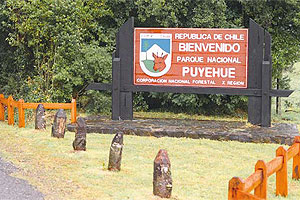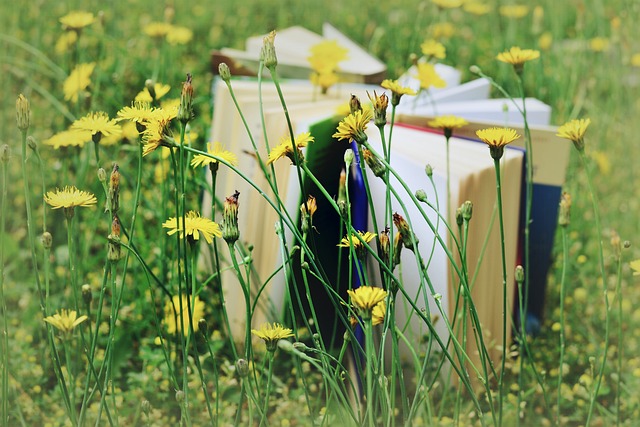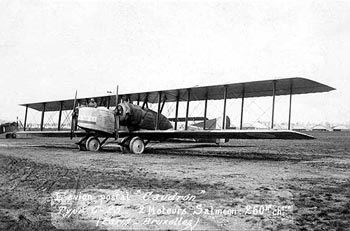The abundance of precipitations and, consequently, the greater humidity present in the ambiance favors the development of diverse hygromorphic species and vegetal associations that need permanent water supplies.
Among these associations we can find the evergreen and rain forests. The local vegetal biodiversity groups around pure unities, for instance, in larch tree or lenga forests. Also, it does in mixed unities that vary accordingly the relief, soil and weather.
Semi deserted formations of grass, endemic of the Andes, develop at range lands near the Argentinean border. All these groups of vegetal life have been affected by the human being, especially at the region’s intermediate depression zone, because of forestry activities or for the need of enabling spaces for stockbreeding working field’s spaces. An akin situation happens at the lands that form the Coastal ranges.
Valdivian jungle or rainy template forest
Its main feature is the development of an evergreen forest. In which grows, over all, endemic species that have perennial foliage and undergrowth plants characterized for their leafiness.
At the Coastal ranges up to the 43°44´latitude South, between the Bueno and Valdivia rivers, develops a coastal valdivian jungle ecosystem, name that stands for the persistent coastal rainy forest zone, where grows evergreen tree associations with a dense and exuberant vegetation. In this system ferns and big herbs are common in this zone, as well as liana and epiphyte plants: in other words, species that lives on another vegetal without feeding on it, for instance, moss.
The pluvial jungle is compound of Boldo (Peumos boldus), Maiten (Maytenus boaria), Oak tree (Nothofagus oblique) and Arrayan (Luma apiculata). Also, bushes such as the Rosehip (Rosa moschata), the Palo Negro (Rhamnus diffuses) and some climbing plants such as the Voqui (Cissus striata) grow in this formation.
Andean persistent pluvial forest zone
It develops at the Andes Ranges, approximately, up to the 43° latitude South. Is similar to the persistent coastal pluvial forest thou only up to the 600 masl and has a greater extension of vegetal associations of Olivuillo , Ulmo, Coigüe, Tineo and Mañio. Between the 600 and 900 masl these ecosystem houses lengas that protect the undergrowth, where, among others, grows canelos of the Andean variety and chauras
At more sea levels, approximately over the 1.600 m. the forest opens prevailing the species of Lenga (Nothofagus pumilio) and Ñirre (Nothofagus antartica). From this height, trees grow more separated and the forest becomes a group of dwarf bushes.
Flora and fauna of the deciduous forest
At the intermediate depression develops the plains deciduous forest and at the Andes Ranges, the southern deciduous, which main features are similar to the previous.
The typical species of the deciduous forests are Lenga, the Magellan Coigüe (Nothofagus betuloides), the Ñirre, the Calafate (Berberis buxifolia) and the Zarcilla (Berberis empetrifolia).
Stand outs also include the Green Mata, the Taique (Desfontainia spinosa), the Notro (Embothrium coccineum), the canelo (Drymis winterii), the Llareta (Azorella caespitose), the Pinque (Blechnum pennamarina) and the Nulu (Ribes magellanicum) among other species of grasses.
The deciduous forest species include rodents such as the Sanbiorn Mouse (Abrothrix sanborni), and the tree rat (Irenomys tarsalis). Also there are cougars and south American gray fox and chilla fox.
Protected areas
-Puyehue National Park: it was founded in 1941 and has 106.772 hectares. Most of these are located at the Region of the Lagos, in other words, it’s an area shared between both regions. Thus, its major extension in located at the Puyehue county (province of Osorno). At the region of los Rios, this park is located within the county of Rio Bueno (province of Valdivia). The Puyehue National Park has three sectors: Anticura, Aguas Calientes and Antillanca. At the Anticura sector, besides chercanes and thrushes, the wild fauna includes hummingbirds and condors.
At Agua Calientes, kingfishers and cortacorrientes ducks can be seen. And in Antillanca, even though the winter snow covers the whole ecosystem, birds such as the Foolish Dormilona (Muscisaxicola macloviana) can be seen. In summer, vultures, eagles and hawks can be observed.
-Valdivia National Reservation: is located at the Corral county and corresponds to a wild protected space that embraces 9.727 hectares with its own exuberant vegetation endemic of the typical evergreen forest of the Region of los Rios. In this reservation grows different flower species, vulnerable to extinction.
– Mocho-Choshuenco Nacional Reservation: is located at the Panguipulli and Futrono counties. Ity has 7.537 hectares and is a territory upon which towers the Mocho and Choshuenco volcanoes. At the latter one’s slope develops the Valdivian jungle.
-Coastal Larch Tree Natural Monument: it is at the Ranco province, in the La Union county. It expands for 2.308 hectares and its relevance is that it lodges a millenary Larch Tree forest.








